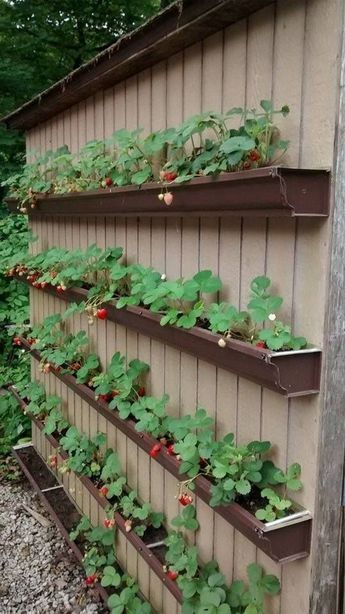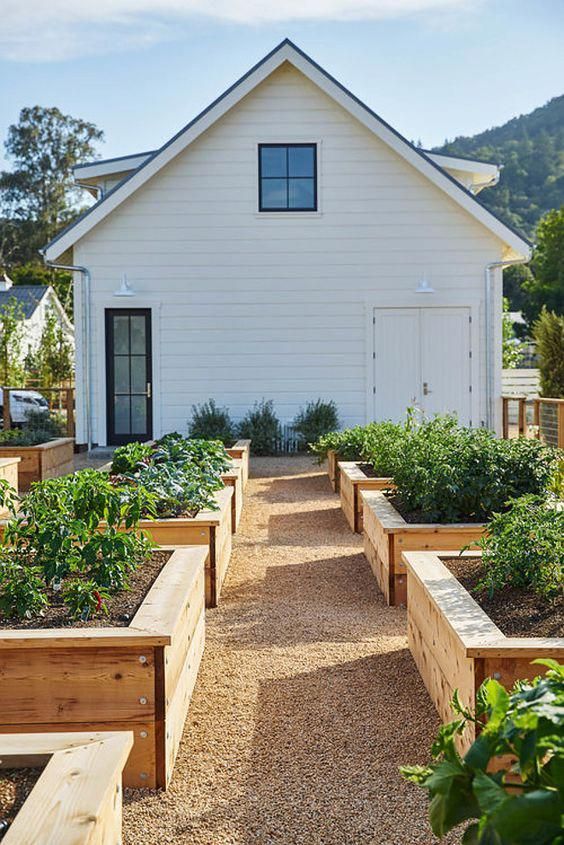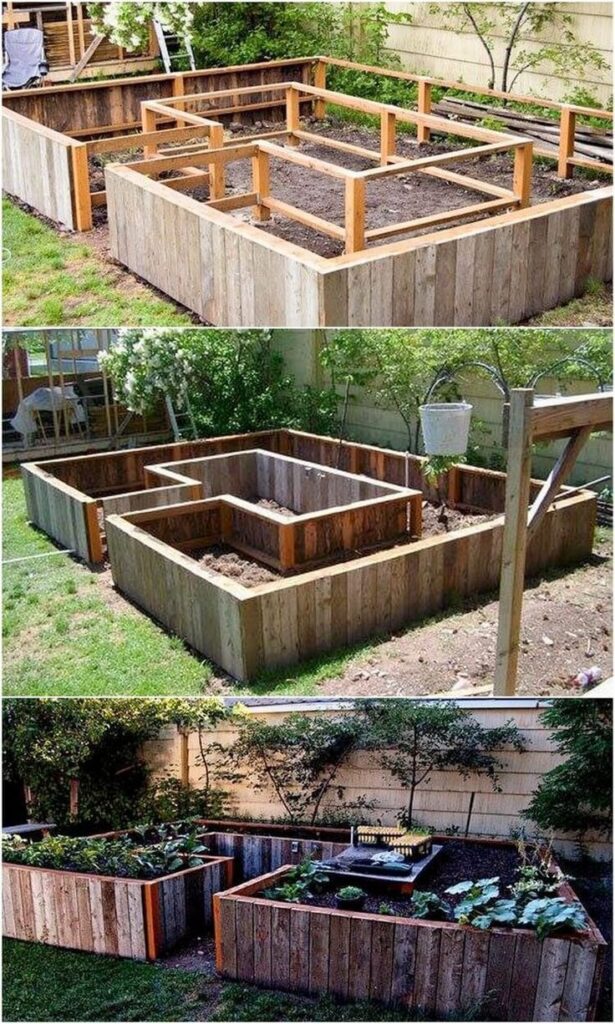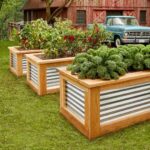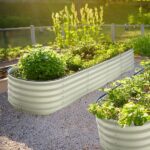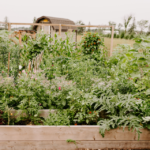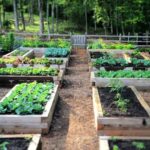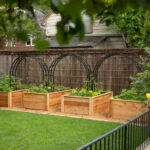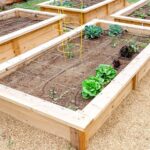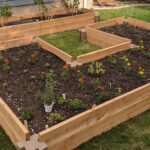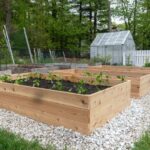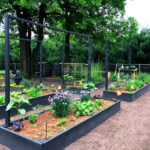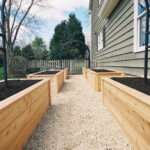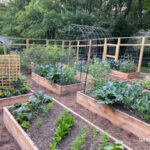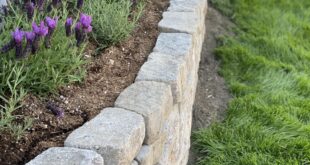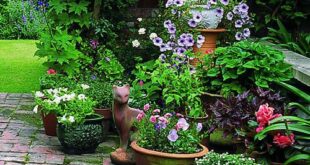Raised bed gardening is a popular way for individuals to grow their own fruits, vegetables, and flowers without the need for a large plot of land or extensive gardening experience. By building a raised garden bed, gardeners can control the soil quality, drainage, and nutrients for optimal plant growth. Raised beds also provide easier access for planting, maintenance, and harvesting, making them a convenient option for gardeners of all skill levels.
One of the main benefits of raised bed gardening is the ability to customize the soil composition for specific plants. Many gardeners struggle with poor soil quality, such as clay or sand, that can inhibit plant growth. By filling a raised garden bed with a mixture of high-quality soil, compost, and other organic materials, gardeners can create the ideal growing environment for their plants. This can lead to healthier plants, higher yields, and overall better gardening success.
Raised bed gardens also offer improved drainage compared to traditional in-ground gardens. Excess water can easily drain from raised beds, preventing waterlogged soil and root rot. This is especially important in areas with heavy rainfall or clay soil that tends to hold water. The well-draining soil in raised beds can also help prevent soil compaction, which can inhibit root growth and nutrient absorption in plants.
Another advantage of raised bed gardening is the ability to extend the growing season. Raised beds warm up faster in the spring and retain heat longer in the fall, allowing gardeners to start planting earlier and harvest later in the year. This can be particularly beneficial for gardeners in cooler climates or those looking to maximize their growing season.
Raised garden beds also provide a barrier against pests such as slugs, snails, and certain types of crawling insects. By elevating the soil level, raised beds make it more difficult for pests to access plants, reducing the risk of damage and disease. Additionally, raised beds can be easily enclosed with hardware cloth or other barriers to further protect plants from larger pests like rabbits or deer.
In addition to practical benefits, raised bed gardening can also be visually appealing and add an element of beauty to a garden space. Raised beds can be constructed from a variety of materials, such as wood, metal, or plastic, allowing gardeners to choose a design that complements their existing landscape. With a bit of creativity, raised bed gardens can be an attractive focal point in any outdoor space, showcasing a variety of colorful plants and flowers.
 yishifashion Where Outdoor Dreams Become Reality
yishifashion Where Outdoor Dreams Become Reality
